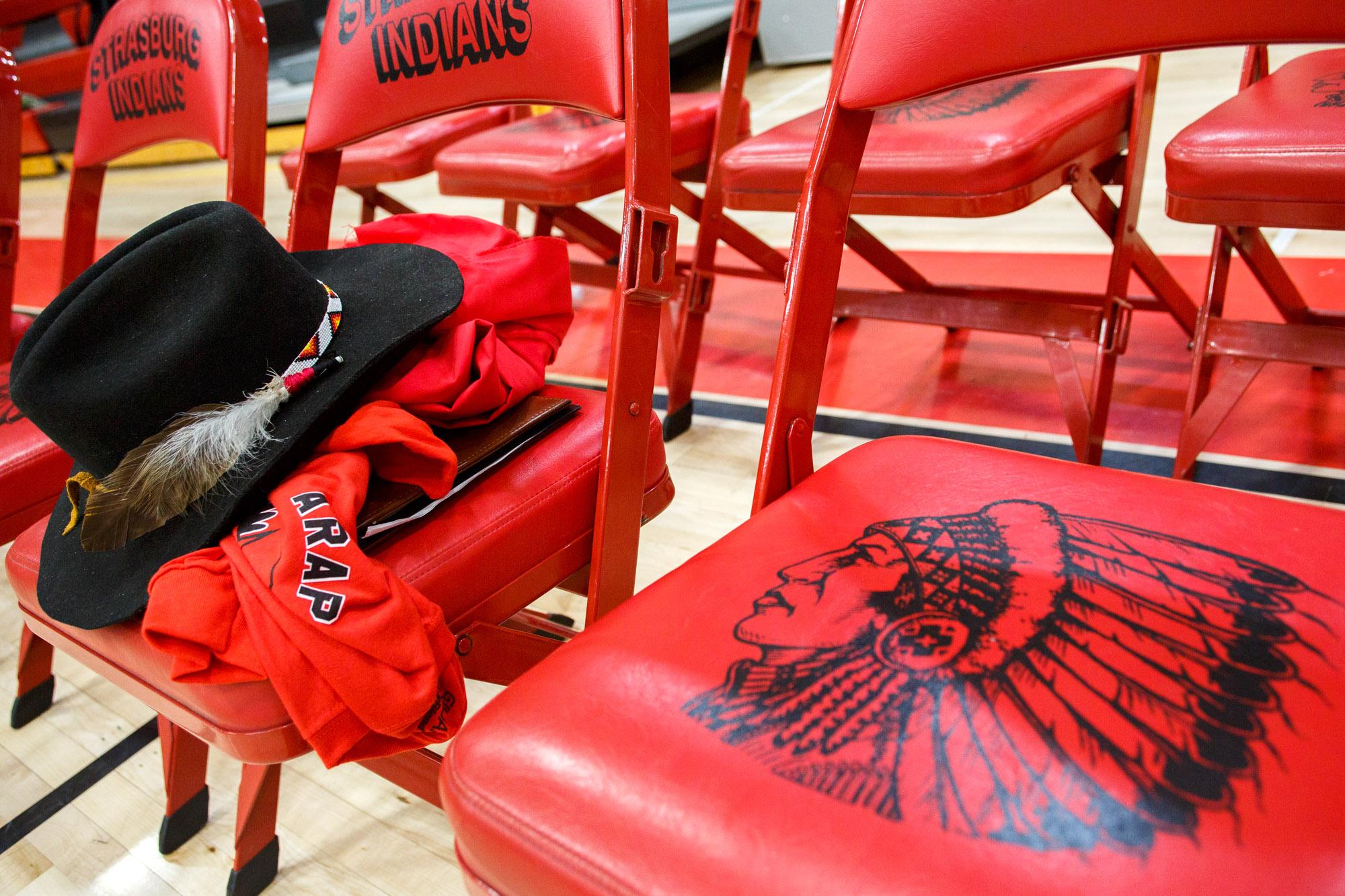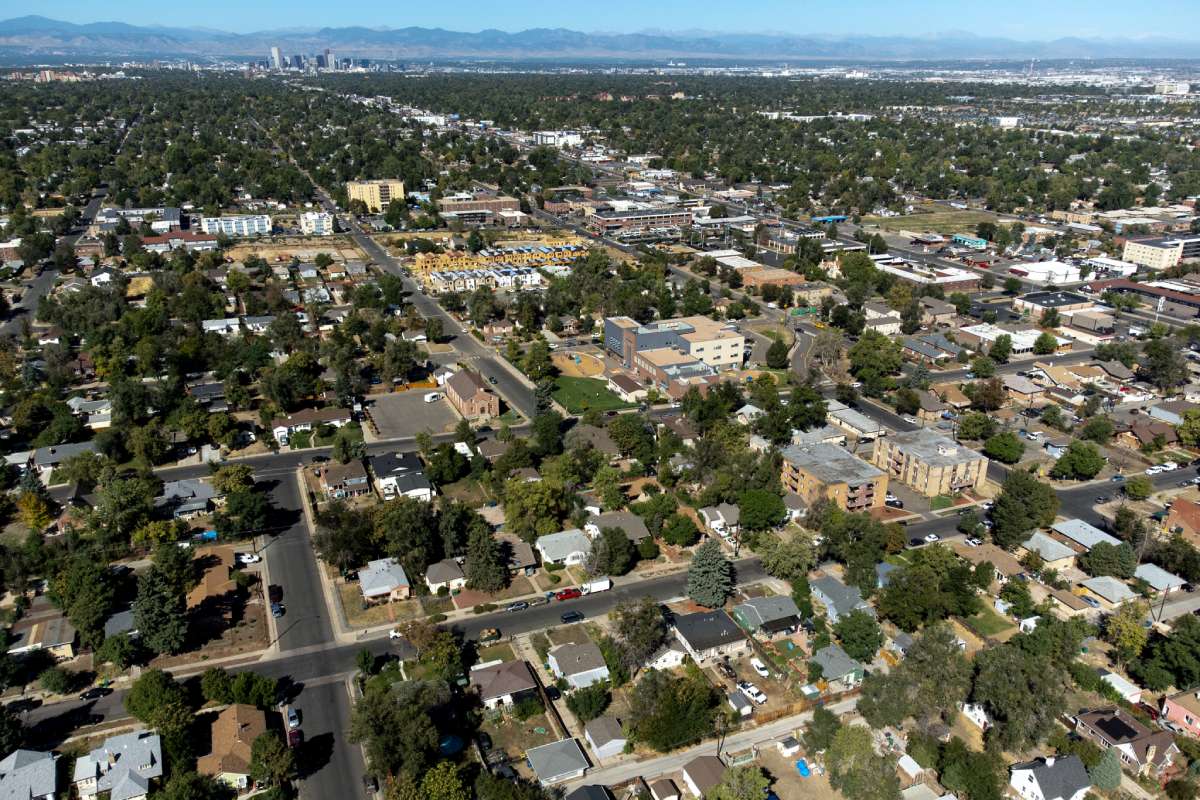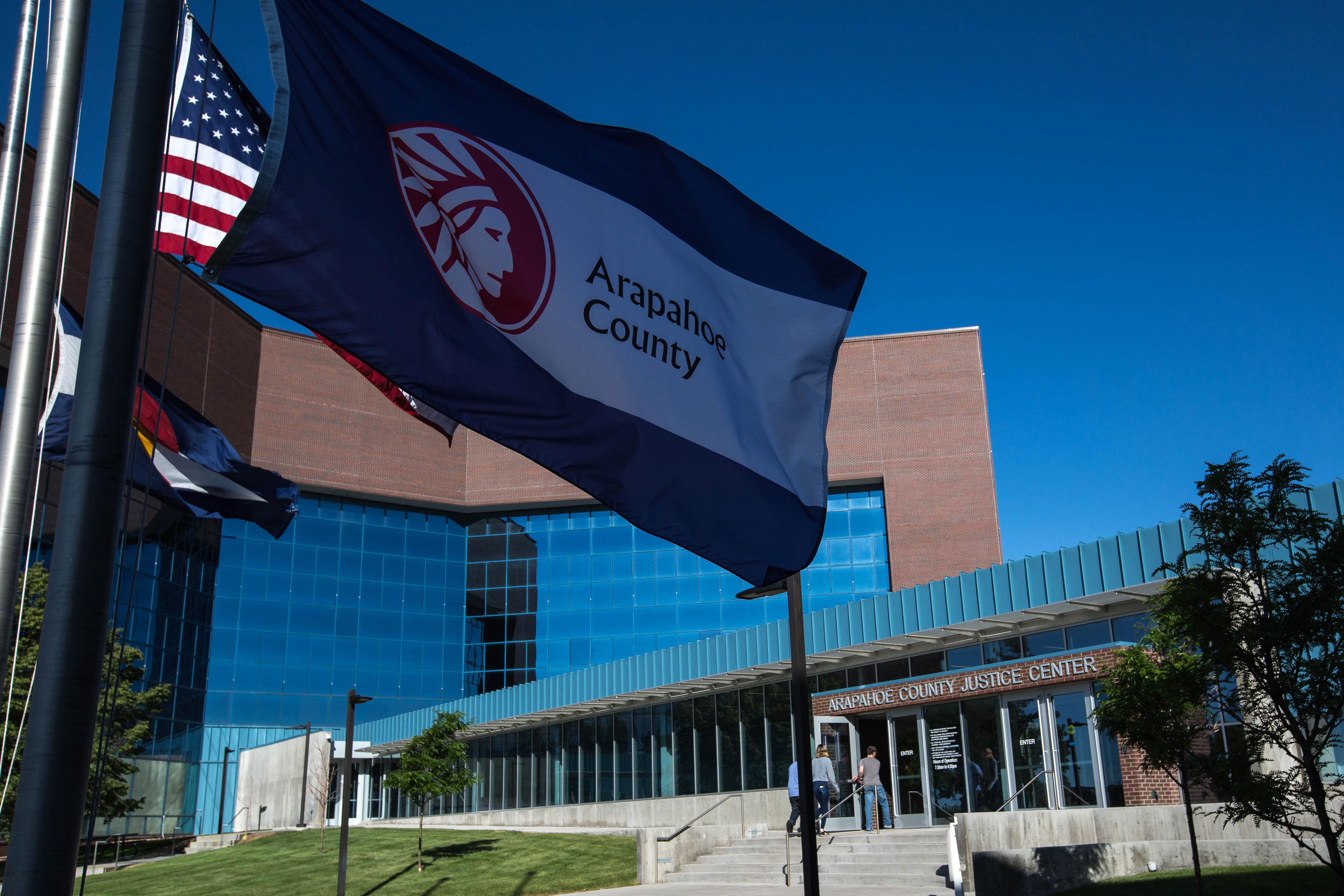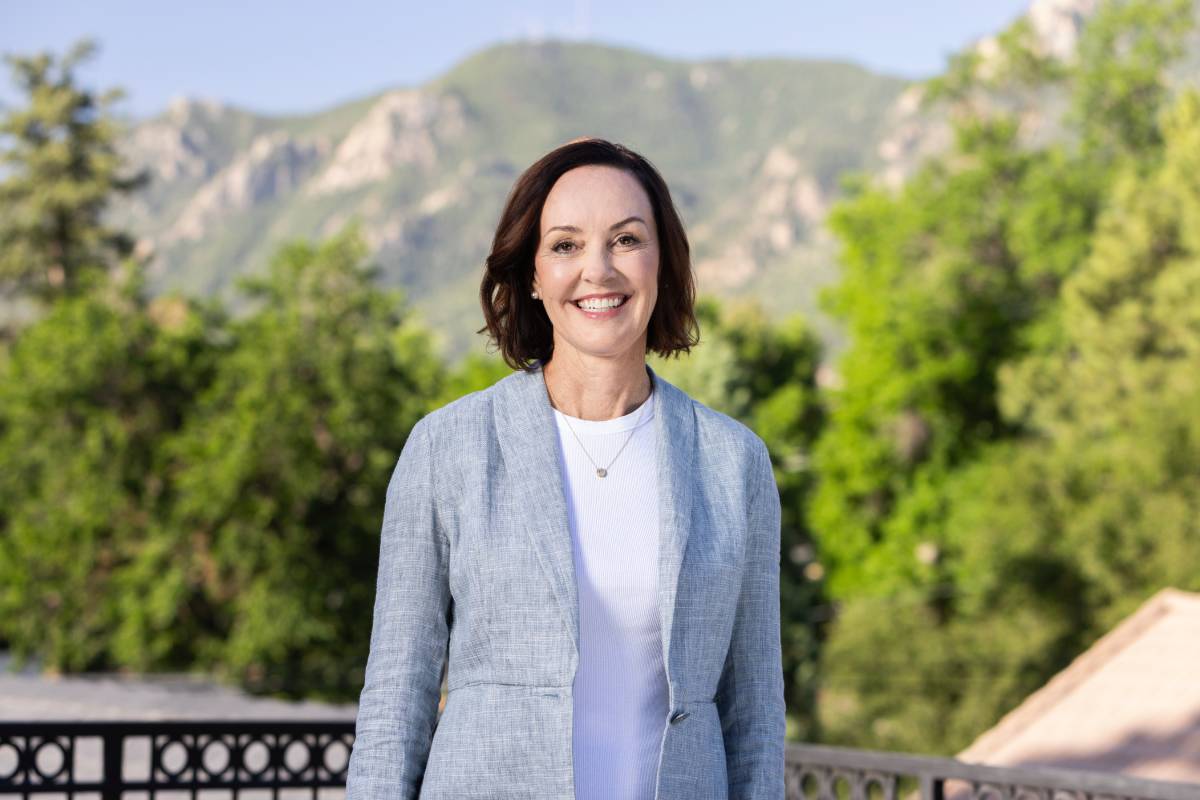
Update 12:50 a.m. Friday, May 20, 2022.
The Lamar School District voted to change Lamar High School's name from the "Savages" to the "Thunder" following the Colorado Commission of Indian Affair decision to not approve their plan to keep their mascot name. The move was made "to ensure the District immediately comes into compliance with the law," according to a statement posted on the Lamar School District Facebook page.
Chad Krug, Lamar School District’s superintendent, said they pitched changing their name to “Savage Thunder.” They thought “savage” as an adverb instead of a noun bypassed the problematic nature of the word.
“It was never our intention to game the system,” Krug said. “Our objective was to try to merge two highly complex things, law with local.”
Krug said when the board voted Thursday, the school board quickly convened to remove the word “savage” entirely.
“We didn't feel as if we ever got clear direction in our exchanges with the CCIA before to where we knew that ‘savage’ was not acceptable, but today that was very clear because they voted,” Krug said.
The district says it will work with the CCIA to avoid the $25,000 monthly fine scheduled to begin June 1.
Our original stories continue below.
Nearly a dozen public schools that the state identified as having derogatory Native American mascots have taken steps to avoid paying fines of $25,000 a month.
State lawmakers passed SB21-116 last year, which prohibits the use of Native American mascots by public schools. The only exception is for cases where a partnership exists between a school district and a federally recognized tribe. The bill set June 1, 2022 as the deadline for schools to meet those parameters.
At Thursday’s Colorado Commission of Indian Affairs quarterly meeting, commissioners voted to take 11 schools from various parts of the state off of the noncompliance list. These schools outlined plans to retire mascots or establish partnerships with tribes.
One school remained on the original list at the end of the session. Lamar High School, one of the first schools the commission identified as having an offensive mascot, wants to continue being known as the “Savages.” However, the school has agreed to change its mascot from an illustration of a Native American man to an image of a bison.
“[The term ‘savage’] reveals a hard truth of what has happened with colonization and is noted in many official legal documents, such as treaties with the U.S. government and many tribal nations,” said Commissioner Crystal LoudHawk-Hedgepeth, a Navajo citizen. “These legal documents often use terms like ‘savage’ and ‘uncivilized’ to describe Native people.”
Blake Mundell, who graduated from Lamar High in 2007, organized fellow alums to advocate for the mascot’s name change. He said he’s disappointed that his alma mater continues to skirt the state’s guidance.
“The board’s refusal to listen is not just simply a refusal to listen to the CCIA, it’s a refusal to listen to decades of its own students who have come and gone, community members who have voiced their concerns over a long time,” Mundell said.
Lamar High will need to comply with the law before June to avoid the monthly fines. District officials have not responded to requests for comment.
The commission also chose to add several schools with the mascot “Thunderbirds,” which refers to a mythical bird common in Indigenous legend, to its non-compliance list. These schools will not have to meet the June deadline, due to an amendment made in this year’s school finance bill. They will get an additional year to meet the state’s requirements.
It is unclear how the state will collect monthly fines from schools that don’t comply with state rules, as no entity has the power to enforce the fines.
A full list of schools that don’t meet the state’s criteria can be found on the Colorado Commission of Indian Affairs website.
Editor’s note: This story has been updated to accurately reflect Lamar High’s mascot.









